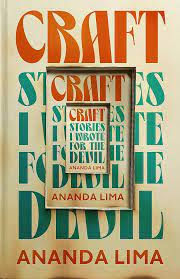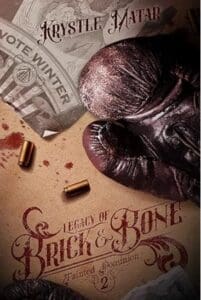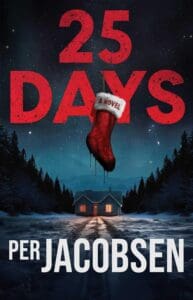
Synopsis:
At a Halloween party in 1999, a writer slept with the devil. She sees him again and again throughout her life and writes stories for him about things both impossible and true. Stories I Wrote for the Devil lures readers into surreal pockets of the United States and Brazil, where they’ll find bite-size Americans in vending machines and the ghosts of living people. Ananda Lima speaks to modern Brazilian-American immigrant experiences―of ambition, fear, longing, and belonging―and reveals the porousness of storytelling and of the places we call home.
Review:
Craft: Stories I Wrote for the Devil is a delicious hybrid: short story collection, memoir of an immigrant writer in the US during tumultuous times, and black comedy. As might be expected, the horrors are mostly the most everyday kind, and the unifying conceit of the writer’s dalliance with the Devil is less a source of mystery or fear than a kind of reassuring motif, an order-giving element to bind the book’s more chaotic elements.
Lima manages a kind of bait and switch, introducing the frame elements between the collected stories, stories of “The Writer,” the devil, etc. and then allowing this frame narrative to grow, echo through the stories themselves, and spread, eventually almost taking over the book. It’s a neat trick.
As for the stories themselves, they are varied and delightfully strange. Some are almost realistic slice of life, with writer-protagonists that are almost indistinguishable from the writer of the frame narratives (“Rapture,” “Ghosts”). Others are more surreal, such as the story about the immigrant hospital worker who become addicted to eating Americans out of the hallway vending machine, consuming a whole range of types until they make her sick (“Antropofaga”).
“Idle Hands” offers a delicious lampoon of every writing workshop, the story presented as workshop feedback so that the reader infers the main narrative and characters through the classmates’ comments about them. It’s wickedly funny, though I do wonder how the humor lands for those who have not spent a significant amount of time engaged in that particular horror.
My favorite, “Hasselblad: Triptych,” is almost a game. Employing the same elements in each piece (our protagonist, Michelle, “the girl,” Michelle’s twin boys, a backpack, and an old Hasselblad camera), each of the three sections shakes up the ingredients and reimagines them, creating a space where identity is fluid, where narrative is exposed as the random whim of a creative agent, and where, finally, the many versions of Michelle’s story play off one another in poignant ways.
Don’t come to this book expecting any kind of traditional horror, however. Beyond the playful figure of the Devil, there’s very little of that here. But, as which so much of the great work being done today, there’s a fair amount of room carved out to investigate the real world horrors of being an immigrant in a country sliding swiftly into fascism and all its attendant horrors.
Ananda Lima is certainly a writer to watch.








Leave a Reply